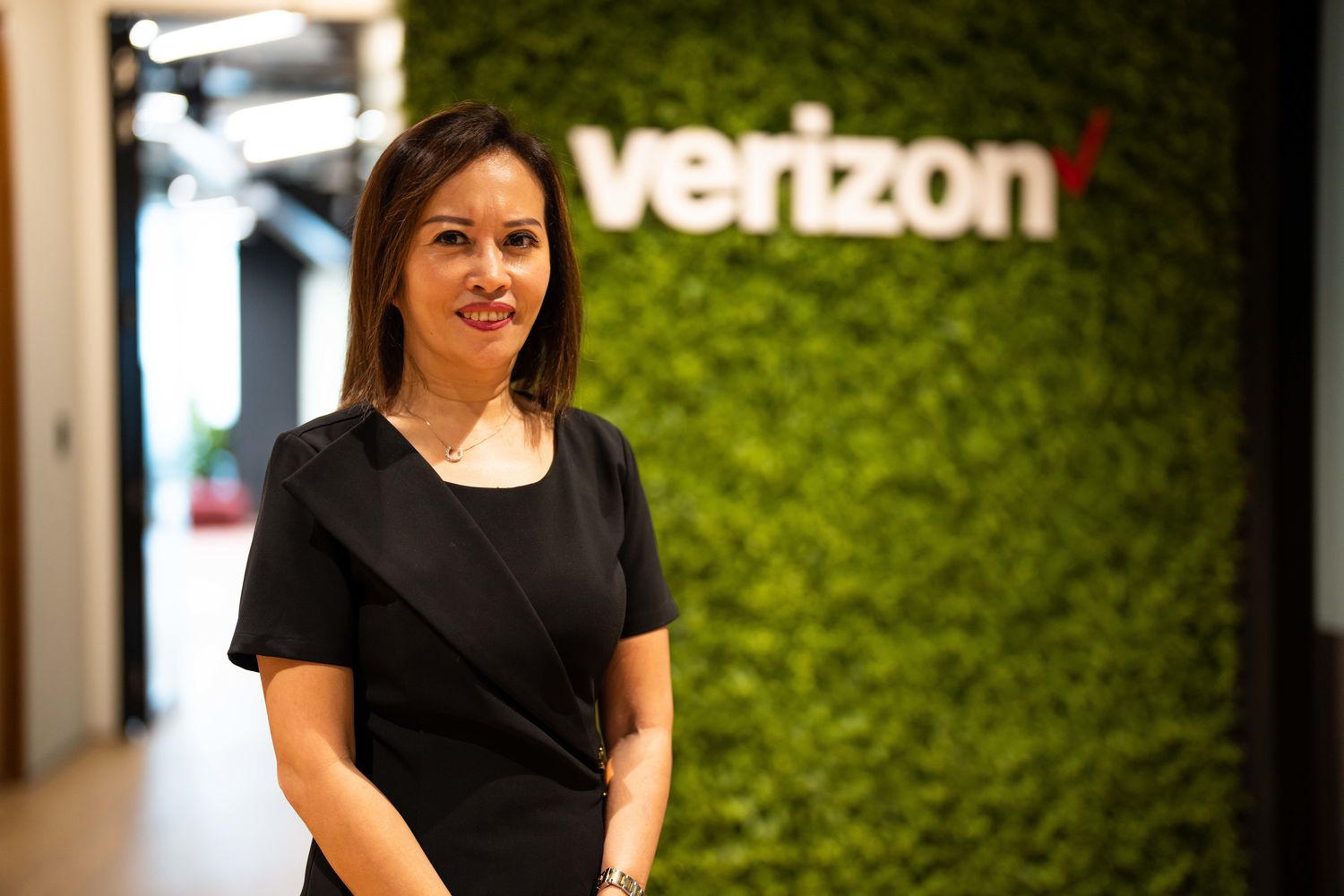Networks today are required to deliver fast and reliable connectivity to power many of our daily activities that require online services. This is why organisations are showing interest in 5G networks, which offer massive connectivity at higher speeds and lower latency than previous network generations.
More specifically, they are considering the use of private 5G networks. Case in point: Organisations in Asia Pacific, Japan and Greater China already have plans to invest in private 5G in hopes of gaining faster speed (66%), better virtual meeting experiences (53%), and more reliability (53%), according to the Future of Technology Narrative Report by IT and networks solutions provider Cisco.
“Private 5G is a game-changer for enterprises because it offers them ultra-low latency and reliability needed to support thousands of devices. This is especially key for firms in sectors like manufacturing, which require high precision engineering capabilities to implement transformative applications that drive digital transformation, smart factories, and automation within processes for greater efficiency,” shares Andy Lee, Cisco’s managing director for Singapore and Brunei.
Annette Lee, head of global enterprise at Verizon Business Group, notes: “Private 5G has been belatedly garnering significant attention from businesses in Singapore as it is crucial to the development of smart cities.
“[The digital transformation of the] logistics, port and healthcare industries will be the main driver for private 5G. While we know the benefits of the technology, there’s still some way to educate businesses on the practical use cases of private 5G so that they can start testing their environments.”
Better together: Private 5G, Wi-Fi 6
See also: Philippine court convicts ex-mayor for human trafficking over role in scam centre
Organisations should also look into the next generation of Wi-Fi, known as Wi-Fi 6. “Like 5G, Wi-Fi 6 offers a stronger signal performance by taking advantage of a technology called beamforming, as well as better throughput and the potential to roam more easily from one hotspot to another. [Wi-Fi 6 also offers an] improved version of multi-user, multi-input, and multi-output technology, which allows multiple devices to transmit and receive signals from a Wi-Fi access point,” explains Annette.
According to Deloitte’s Study of Advanced Wireless Adoption published last year, networking executives are already regarding 5G and Wi-Fi 6 as foundational to transforming their enterprises and industries. They view these advanced wireless technologies as a force multiplier for other innovative technologies such as the Internet of Things (IoT), artificial intelligence (AI) and edge computing.
“Wi-Fi 6 provides short-range (mainly indoor) coverage in a shared spectrum, while private 5G offers wide-range (for both indoor and outdoor) coverage also in a shared spectrum. With private 5G and Wi-Fi 6, IoT devices can operate to their optimal performance in indoor and outdoor environments. They are also suitable for huge spaces, and offer greater accuracy and precision,” a spokesperson from Tata Consultancy Services (TCS) tells DigitalEdge Singapore.
See also: Why IBM believes quantum computing is close to business reality
Using a sports event as an example, Annette says that Wi-Fi 6 can provide fast and reliable connectivity to fans on-site as the technology can serve a large number of users. Meanwhile, 5G can help deliver high-resolution media streaming, advanced player analytics and interactive fan-based experiences during the same event. Putting this into the context of enterprises, organisations can use those advanced wireless technologies in the same way for indoor business events held in convention centres or hotels.
Barriers to private 5G and Wi-Fi 6 adoption
As with any new technology, not many organisations will immediately deploy private 5G and Wi-Fi 6 despite the benefits they can bring to the business.
The biggest challenge is that enterprises usually look for a killer app or use case for 5G or Wi-Fi 6. It’s not going to be like that. [These advanced wireless technologies are] going to be a platform that allows enterprises to build different services. [So instead of looking for] one killer app, build out [private 5G and Wi-Fi 6] and build use cases on top of them.Annette Lee, head of global enterprise, Verizon Business Group
The biggest challenge is that enterprises usually look for a killer app or use case for 5G or Wi-Fi 6. It’s not going to be like that. [These advanced wireless technologies are] going to be a platform that allows enterprises to build different services. [So instead of looking for] one killer app, build out [private 5G and Wi-Fi 6] and build use cases on top of them.Annette Lee, head of global enterprise, Verizon Business Group
Agreeing with Annette, Andy says: “Building private 5G and Wi-Fi 6 for enterprises takes a different approach than previous generations [of networks]. It is a use case-led approach, which means that businesses need to have a clear view of the additional business and technical advantages they stand to gain before they decide to deploy the solution. [This may] require a deep cost-benefit analysis, which can be time-consuming as they would have to evaluate use cases which may span multiple departments across the organisation.”
To stay ahead of the latest tech trends, click here for DigitalEdge Section
He also notes that the end-user device ecosystem is another barrier to adoption. “This is less prevalent in Wi-Fi 6 and more so for 5G. The maturity and options for user equipment can be challenging, especially in the context of enterprise 5G, which can involve advanced use cases with very specific requirements including form factors, performance, safety standards, and environmental constraints.”
As such, organisations would need to think of how private 5G and/or Wi-Fi 6 can be integrated seamlessly within their operations, ways to streamline enterprise control points so they can be managed flawlessly, and how to ensure their employees have the right skills to operate and maintain the 5G and Wi-Fi 6 networks, says Andy.
Other factors preventing private 5G and Wi-Fi 6 adoption include spectrum availability, regulations, upfront costs, and security concerns around those advanced networking technologies, according to the TCS’s spokesperson.
Realising the value of advanced wireless technologies
To benefit from private 5G and Wi-Fi 6, Annette advises organisations to first evaluate their current network and identify what needs to be upgraded to get the multi-gigabit support for the deployment of those advanced wireless technologies.
Thereafter, they should ensure that their employees can capitalise on those technologies. “Organisation [should think] about how technologies underpinned by 5G, such as collaborative robots, might require upskilling. Some roles will involve managing information presented or actuated in different ways, and using tools such as AI and the IoT to inform data-driven decision-making,” she says.
Meanwhile, Andy urges organisations to modernise their IT systems and infrastructures to enable private 5G and Wi-Fi 6 to be integrated within their networks and remain compatible with their security policies in a seamless and secure fashion.
He says: “As networks grow to be more complex, a single point of vulnerability is all it takes for a cyber breach. Adopting a zero-trust security approach and micro-segmentation are therefore key. By micro-segmenting application workloads, businesses can expressly allow particular application traffic and, by default, deny all other traffic. This approach reduces attack surfaces, prevents the lateral movement of threats to contain breaches, and strengthens regulatory compliance.
“Ultimately, it is about supporting IT and operations teams with platforms purpose-built for greater agility, and not simply throwing new technology (such as private 5G or Wi-Fi 6) at the problem and adding additional complexity for IT and operations to manage.”
Besides that, Andy also highlights that private 5G and Wi-Fi 6 need to be supported by an ecosystem of applications, software and hardware in order to bring transformative value to businesses.
The maturity of that ecosystem and further development of use case-driven solutions are key to driving market adoption of [those advanced wireless technologies]. As we look to make 5G mainstream, Cisco’s vision is for 5G networks to be transformed into a service creation platform, cloud-based and delivered as-a-service.Andy Lee, managing director for Singapore and Brunei, Cisco
The maturity of that ecosystem and further development of use case-driven solutions are key to driving market adoption of [those advanced wireless technologies]. As we look to make 5G mainstream, Cisco’s vision is for 5G networks to be transformed into a service creation platform, cloud-based and delivered as-a-service.Andy Lee, managing director for Singapore and Brunei, Cisco
To realise its vision for 5G, Cisco recently announced that it is jointly building a 5G Stand Alone service platform in Manila with PLDT, a telecommunications company in the Philippines. Powered by Cisco’s 5G SA Solution, the platform will enable PLDT Technolab to provide an end-to-end network sandbox of the latest private 5G standalone service architecture. This will, in turn, empower enterprises of all sizes across industries to create monetisable services and develop digital use cases for hybrid work and more.
The future of networks
Although 5G and Wi-Fi 6 are still nascent, there are already talks about the rise of 6G and Wi-Fi 7. So which advanced wireless technologies should organisations be looking at?
Annette believes the focus should still be on 5G and Wi-Fi 6. She explains: “Generational change in mobile communications doesn’t just appear overnight. It requires significant effort in research and development and the necessary resources to support that effort. 4G, for instance, took nearly a decade [to become main- stream], and the challenges weren’t easy. So it might be too premature to delve into talks about 6G and Wi-Fi 7, seeing how organisations globally have yet to master 5G and Wi-Fi 6.”
Since advanced wireless technologies will continue to evolve, Andy encourages organisations to leverage an architecture-based approach when planning their network evolution. “Given today’s fast-changing technology environment, it is prudent to always adopt standards-based solutions and avoid proprietary implementations as far as possible.
“As networks continue to become more virtualised and increasingly distributed towards the edge, it is critical to ensure the underlying network infrastructure is sufficiently flexible and reprogrammable with network automation. Organisations should also take a zero-trust approach to establishing, maintaining, and verifying trust within network infrastructure devices,” he concludes.






